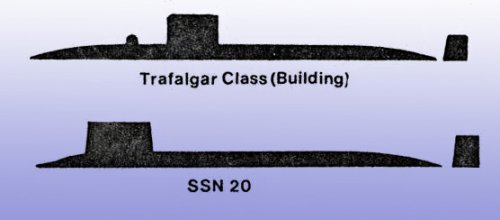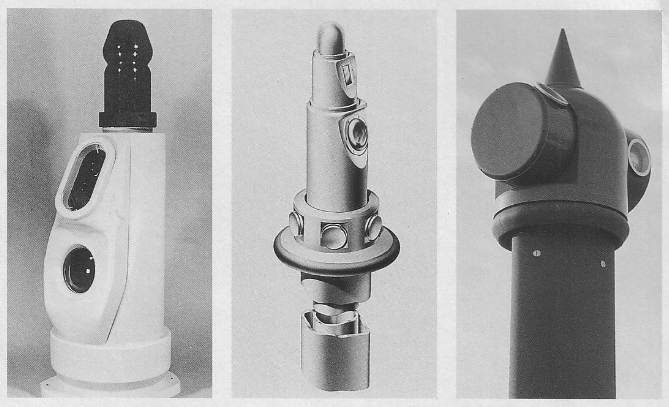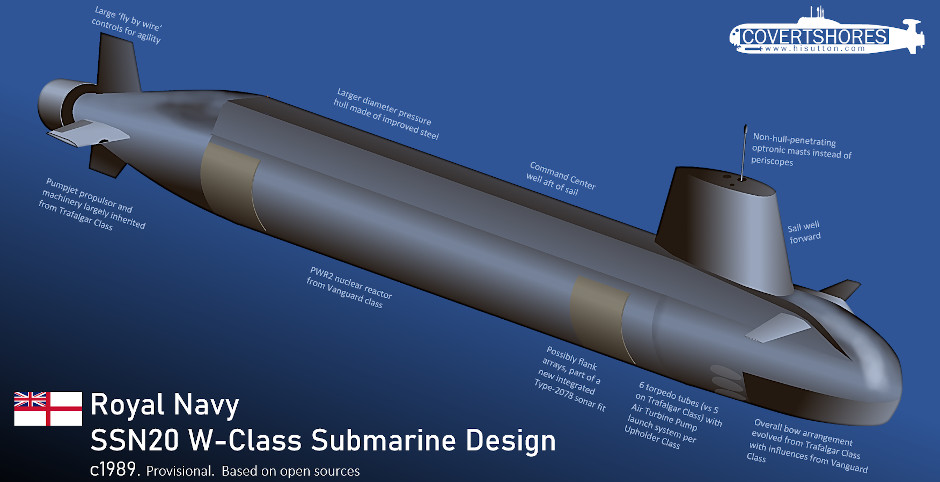"Since even the United States could only manage a 3 ship Seawolf production run, it is easy to see why a very large, high end Cold War specialist design was cancelled in the UK. "
The Seawolf design was terminated because the US Congress was up in arms over the cost of the ships, not taking into account how long it had been since the US had produced a new class of subs. They directed the Navy to develop a less expensive submarine. The contract for two Seawolf class subs had already been let. Pres. Clinton chose to allow the construction of the third one to proceed (although it was highly modified for other missions) in order to use the long term items that were already paid for, to insure that there would always be at least one Seawolf available at all times, and because frankly without it there would be such a gap in SSN production that the irreplaceable skills and infrastructure would disappear and the US might not be able to afford to ever produce an SSN again.
Although it could operate in the littorals, the Seawolf class was optimized for blue-water Cold War operations and multi-target operations. It was very fast, highly maneuverable and heavily armed. In fact, the reason it has eight 660 mm tubes instead of the US standard four 533mm was to engage multiple targets without having to wait for reloads. Although it is said that the reason for the 660mm size was so that fish could "swim" out quietly. While this is true, there was another reason: When first designed it was feared that the newer Soviet subs were strong enough that existing torpedoes would have a much lower probability of sinking them, even with a close detonation. A new class of larger torpedo was to be designed to deal with this. This torpedo program was canceled, but the Seawolf design was too far along at that point to bother going back to the smaller tubes. Seawolf could also dive very deep in order to pursue Soviet subs. The Seawolves were also very quiet, and had a high "tactical" or "quiet speed. In fact their "quiet" speed" was faster than the top submerged speed of most conventional subs.
Ironically, because of inflation and the cost of designing a whole new class, not to mention the slow rate at which they are being ordered, it's not likely that much money is being saved by buying the new Virgina class SSNs. Compared to the Seawolf class, they are slower (although apparently significantly faster than they were expected to be), don't dive as deep and aren't as heavily armed. Their propulsion systems are much less powerful. On the other hand, they are more versatile, take advantage of improvements in technology developed since the Seawolf design was finalized and can operate more easily in the littorals. They do retain the Seawolf quietness and their quiet speed is probably equal to that of the Seawolves, even though their high speed cruise and top speeds are lower.
I suspect the Ws would have been closer to the Virginia than the Seawolf, but they still would have been expensive





